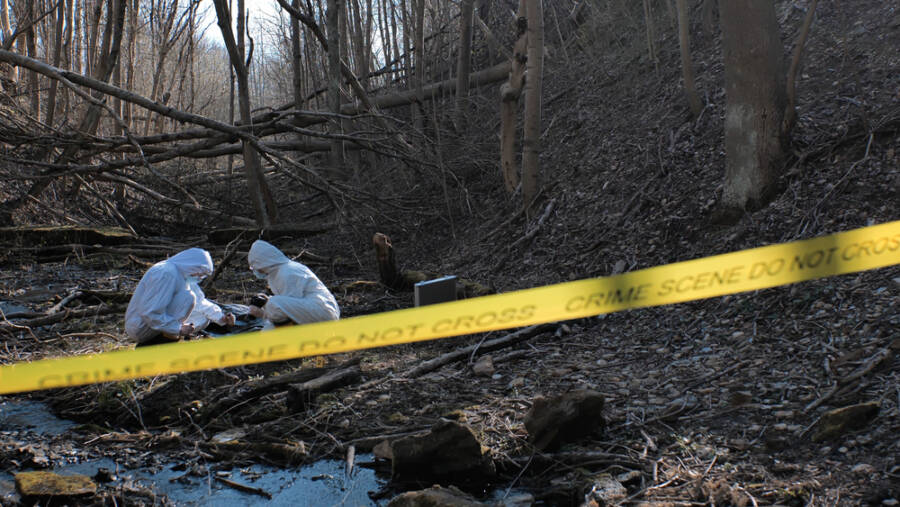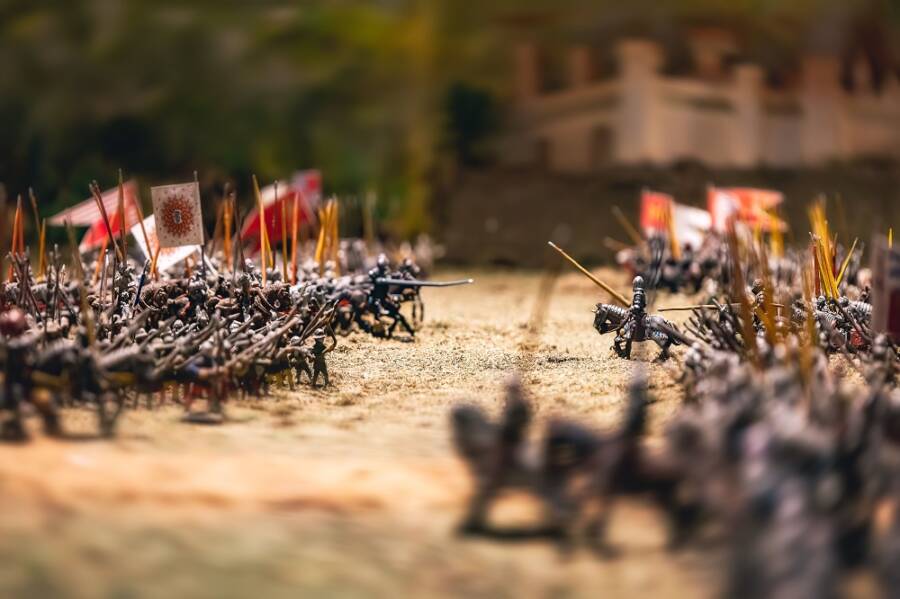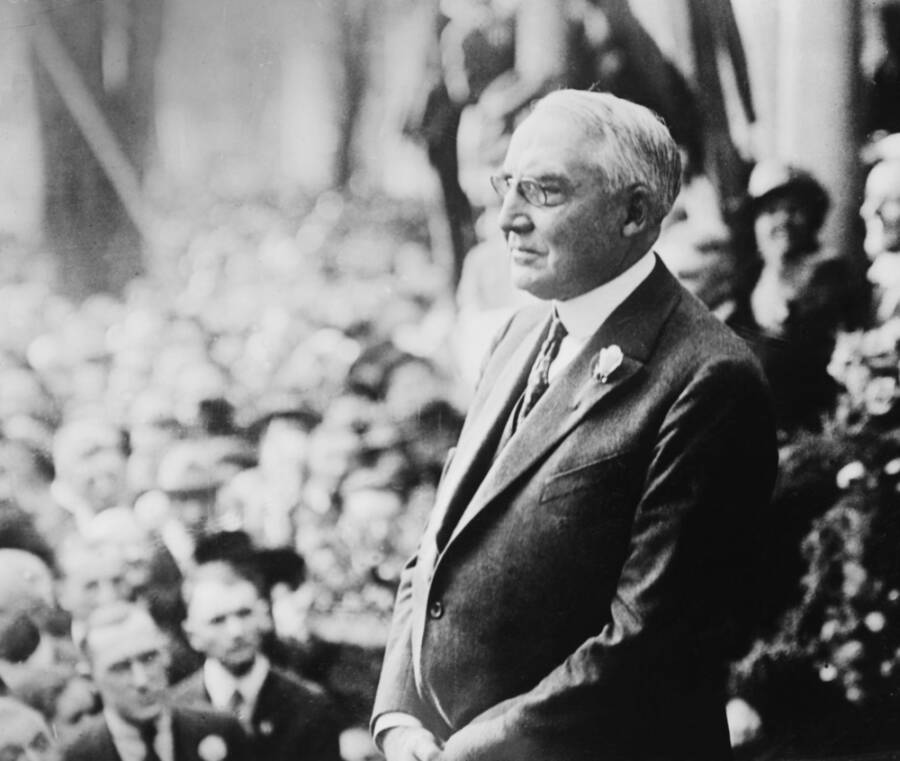You probably won’t find these surprising WWII facts in history books!
No one can argue that World War 2 was devastating and had terrible consequences for the entire world. And we all have a rough idea of the hows and whys of the report, but there was a lot more happening on the sidelines than we know about.
Most are familiar with the basics: It began in 1939 and ended in 1945. Hitler invaded Poland. The Germans conquered France. The Japanese stunned our navy at Pearl Harbor. D-Day. And we can’t forget the atom bomb.
But, in a conflict that lasted so many years, involved so many people, and covered such extensive parts of the globe, there are bound to be many surprising WWII facts that are less widely known, right? Here’s a collection of 5 lesser-known stories from WWII that you’ll find unbelievable.
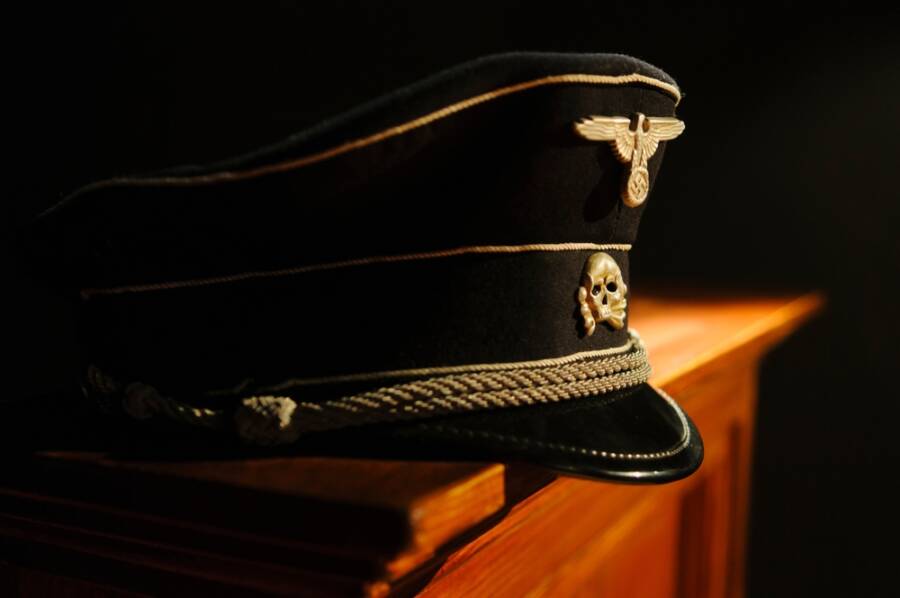
Surprising WWII fact: The German And American army fought together
WAIT!… It’s not what you think! The surprising WWII fact is that American soldiers fought arm-in-arm with the Nazi Wehrmacht soldiers against an SS Division at the end of the war. The arrangement was called: The Battle for Castle Itter. The acts of heroism, fighting, and a general air of chaos were rather medievally flavored.
The castle and its surrounding area were under the control of the Waffen-SS and had been aided under the auspices of the Dachau concentration camp.
After a prisoner revolt led to the fleeing of the SS guards, the castle became a big target for reoccupation by Austrian resistance fighters, a nearby Waffen-SS force, and for freedom by a loose coalition of minor US divisions. A defected German army unit led by Josef Gangl and the mostly French prisoners who had snatched the weapons left by their former guards.
A group of over 100 Waffen-SS troops bombarded the castle. Now defended by 14 servicemen, one American tank, a few French prisoners, and Gangl’s small force, the Allied-Wermacht coalition held out for a few hours until the US 142nd Infantry Regiment delivered a relief force that quickly beat the SS.
Castle Itter was freed, and the French prisoners returned home a couple of days later. Gangl died during this battle, heroically throwing himself in front of the previous French Prime Minister Paul Reynaud, managing to save him from a sniper attack. Gangl is now considered a national hero in Austria.
Surprising WWII fact: The case of the missing Nazi uranium
When you think about just how close the Nazis came to harnessing the power of splitting the atom, you should feel a shiver crawling up your spine… I mean, they were REALLY close! In 2013, Timothy Koeth from the University of Maryland received a somewhat strange present: a Nazi-made uranium cube.
The artifact was once one of the hundreds of matching cubes that were supposed to be used in a nuclear reactor by the Nazis. After the US Army disassembled all the captured Nazi weapons and energy sites when WWII ended, some observers argued that there were many uranium cubes still unaccounted for.
We’ve all heard the tales of missing Nazi gold bars, but have you heard about the uranium cubes? This distinct atomic block that ended up in Koeth’s custody came wrapped in a cloth with a message attached: “Gift of Ninninger, piece of uranium from the reactor Hitler tried to build.”
So, it turns out that “Ninninger” was, in fact, Robert Nininger, a physicist who worked on the Manhattan Project. And after he passed away, his estate representatives passed the cube on to Koeth. But I still have one terrifying question about this surprising WWII fact… Where are the others?!?
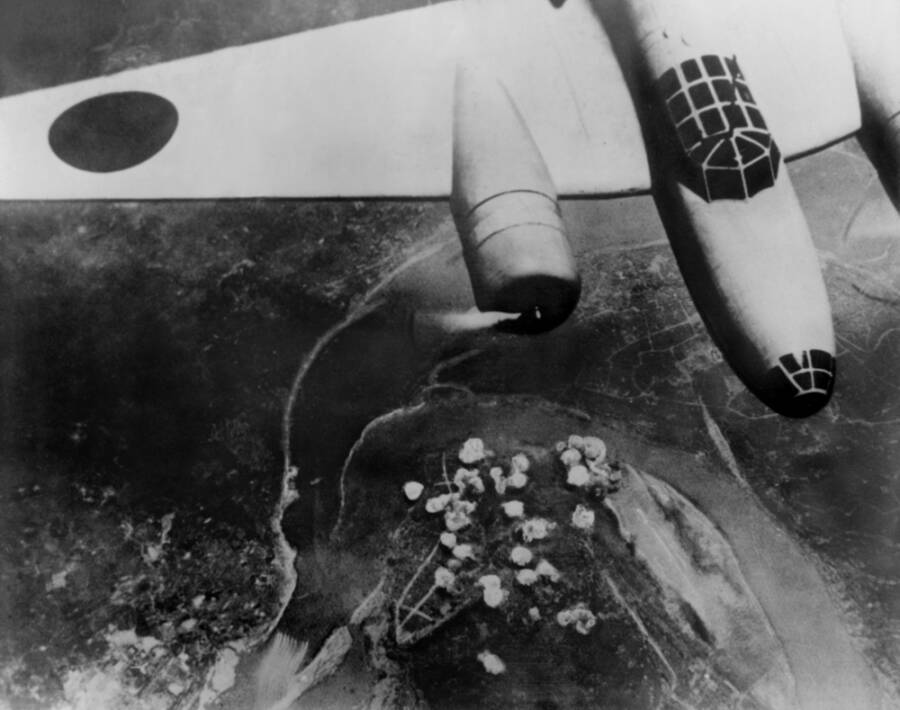
Surprising WWII fact: A German city fooled allies into believing that it was in Switzerland
What’s so great about Switzerland? Well, they’ve got a grand tradition of watchmaking, amazing chocolate, and the opportunity to don some ruffled pantaloons and guard the Pope when you need a job. And one German city took this quite literally during WWII. The city of Konstanz has a remarkable history.
This Roman settlement became the location of the burning of significant theologian Jan Hus, who was a Bohemian Catholic reformist inspiring Martin Luther. It was also where Ferdinand von Zeppelin was born, renowned for his airships and lending his last name to one of the greatest bands of all time.
Naturally, the residents of Konstanz didn’t want to let their historic motherland get bombed by the Allies. And let’s be clear: There would have been convincing reasons to bomb the area. Three companies were producing military hardware for the Nazi regime. So, how did the city avoid getting attacked? Simple!
They left their lights on at night. All around the world, big cities and towns would blackout every night, so that bomber pilots couldn’t zero in on their location. Given the enormous destruction suffered from London to Tokyo, how much this helped is debatable.
Switzerland, just a short distance from Konstanz, was famously neutral in the battle and didn’t have to worry about bombings. So, the lights were kept on into the night, convincing the American, British, and Allied flyers that the city must have been in Switzerland. Pretty genius, right?
Surprising WWII fact: About that “Midnight Massacre”
It’s not all that difficult to think up knowledge of crimes against humanity and war crimes committed during WWII. Even specific Allied actions like the advance of the Red Army through Germany, the bombing of Dresden, and Churchill’s actions, which arguably aggravated the Bengal famine, loom large in the public minds.
The viciousness met upon POWs is far more commonly associated with the Axis forces, especially Imperial Japan. One obvious Allied example stands out, though, and it happened in Salina, Utah. On July 7th, 1945, Private Clarence Bertucci had been drinking all night.
Before returning to the POW camp for patrol duty, he told a waitress in the town that something exciting was going to happen that night. Exciting? More like horrifying if you ask me. At the changing of the guard that occurred at midnight, Bertucci snuck into a guard tower, took control of the Browning machine gun, and opened fire.
What was his target, though? A series of tents that housed sleeping Italian and German POWs. He emptied 250 rounds, killing nine unsuspecting prisoners in the process.
And here’s the kicker about this surprising WWII fact: Bertucci avoided extreme punishment, getting convicted insane and sent to a hospital for a short period. He passed away a free man in 1969. His reason for committing this atrocious war crime? Because he hated Germans.
… If you love history as much as we do here at Historical Files, check THIS out!
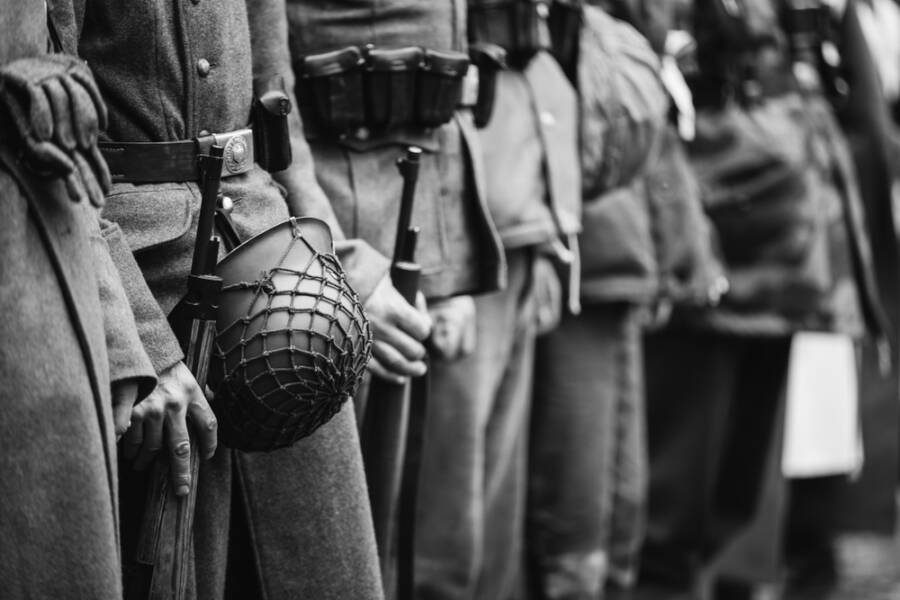
Surprising WWII fact: The bright young English author who vanished
A young, talented man from Hull, England, was set to have a successful and long career as a novelist. In fact, when the war broke out, he had already started his literary career, having published two novels while on active duty. But in 1943, he found himself a prisoner of war in Italy.
But rather than wither away, defeated, Dan Billany kept working. He worked on two more manuscripts while detained. After the fall of Italy, a wave of Nazis came flooding into the nation to fend off Allied forces. Billany took advantage of the chaos and escaped into the countryside.
He kept writing his novels, all the while avoiding the Nazis. When he finally finished his work, he gave it to a pleasant local who vowed to send it to England when the war concluded.
Both novels made it back to England: “The Trap” and “The Cage” were published, gaining a lot of critical acclaim. But Billany was never around to enjoy his success. He vanished in the Apennine mountains in 1943, and no one knows what happened to him.
Did you know about any of these surprising WWII facts? Be sure to leave a comment and share your thoughts. And if you found this article interesting, check out: 6 Admired Historical Figures Who Were Pretty Awful Behind Closed Doors


